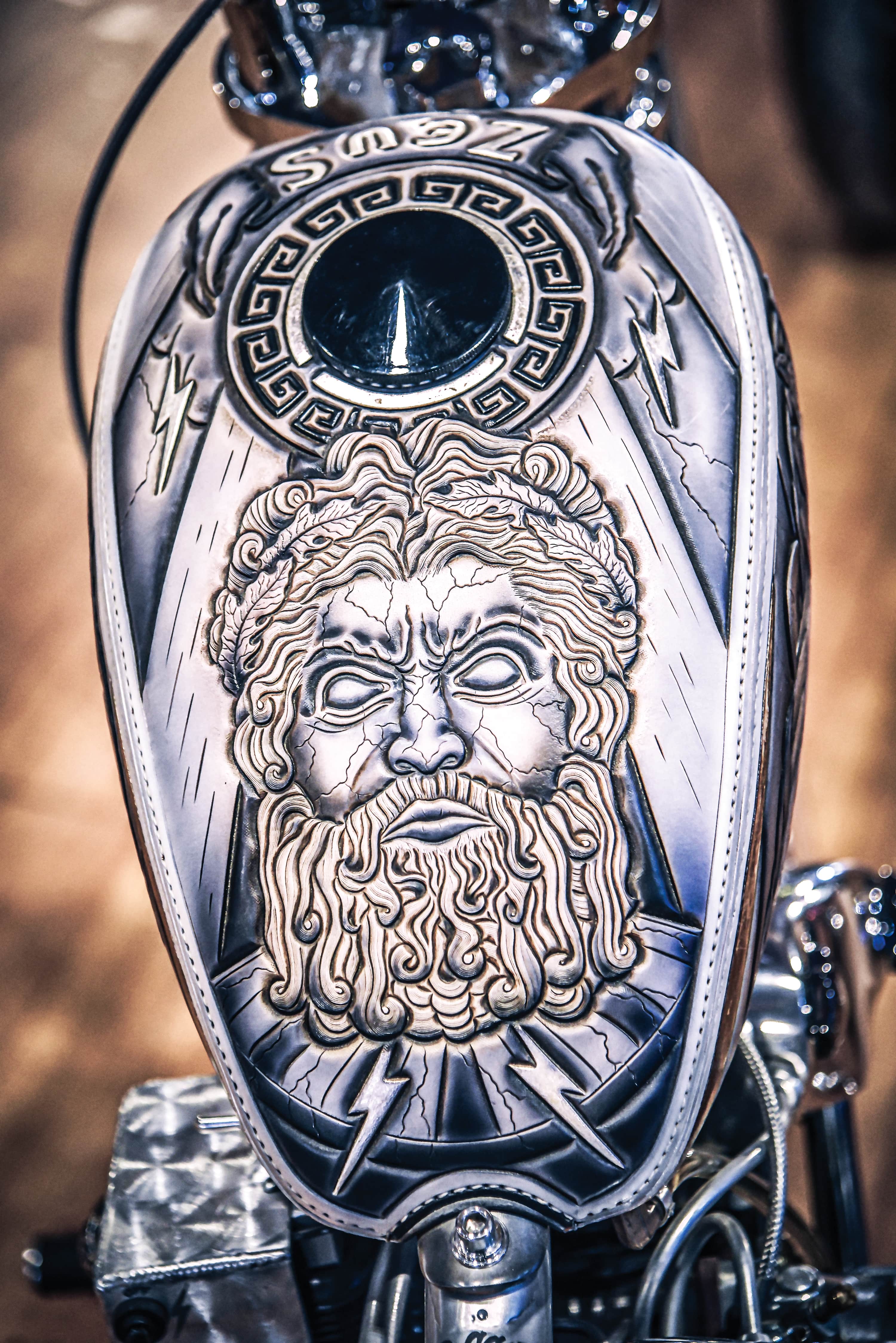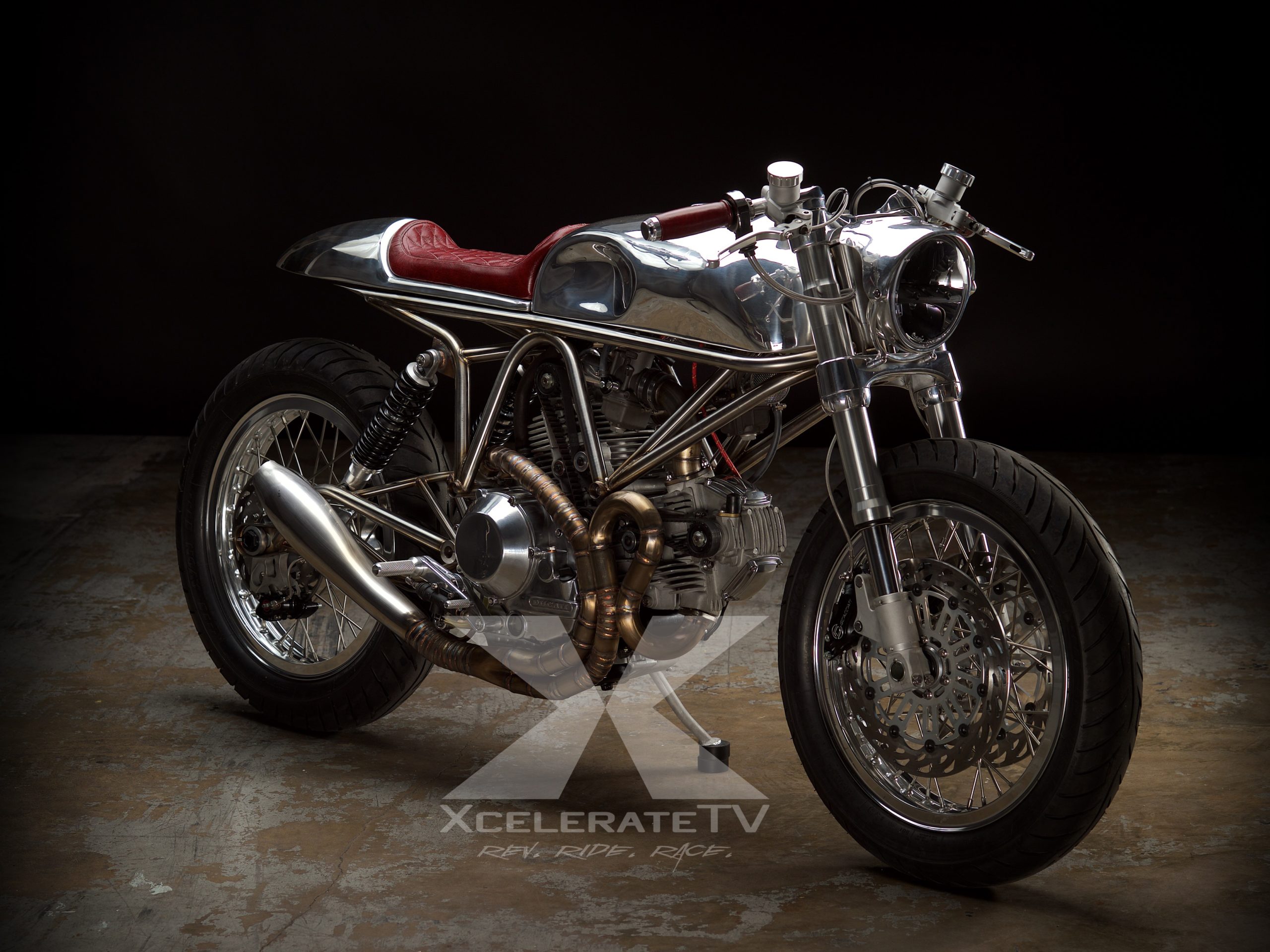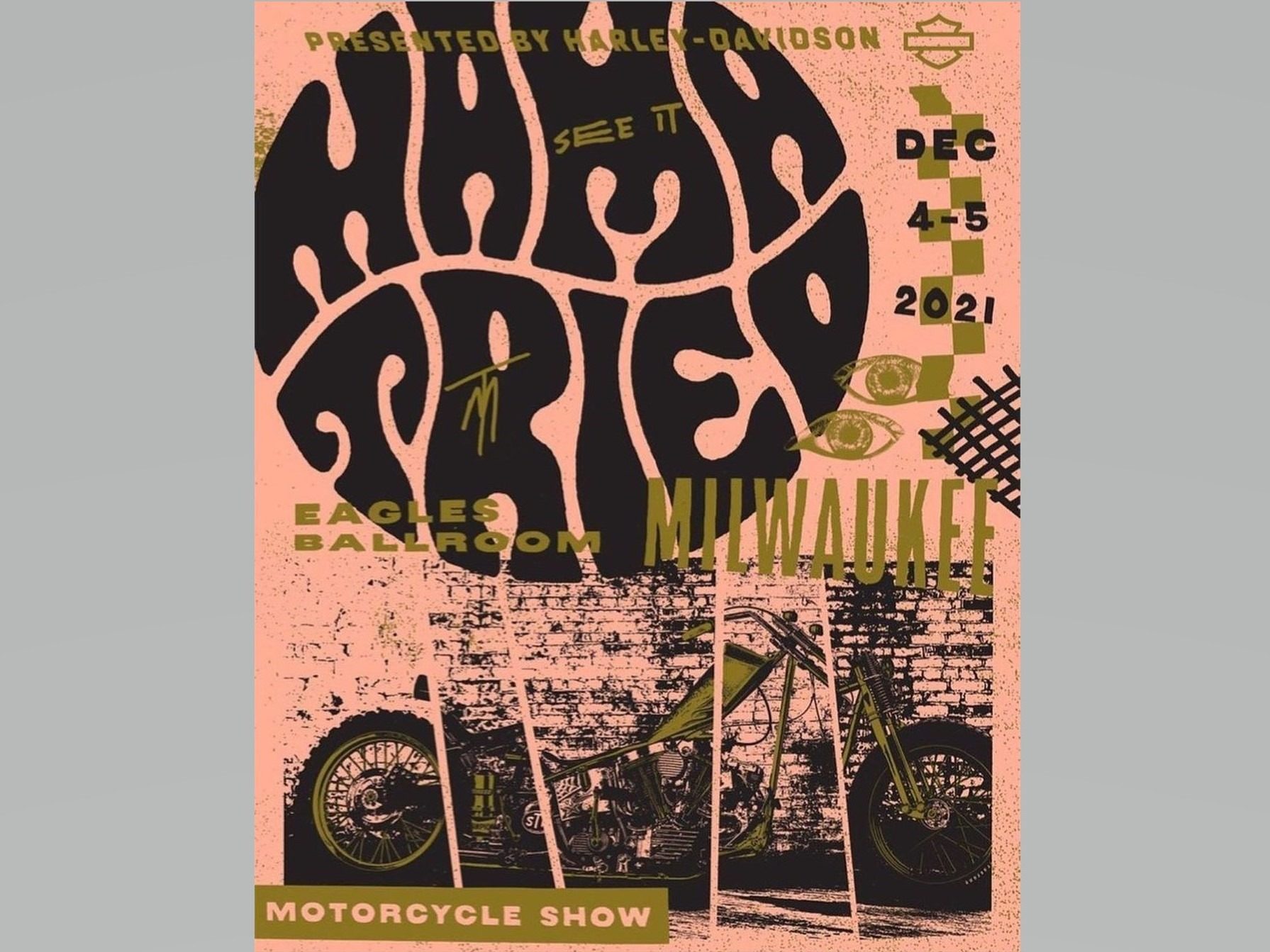
How to Resist the Wear and Tear of The Road
Words by JoAnn Bortles
There are all kinds of products designed to help take care of your motorcycle’s paint. But quality paint care doesn’t have to be confusing or require products that take up all the valuable shelf space in your garage.
Ever wonder how paint gets scratched in the first place? Well, ever take a close look at your paint and see all those super-fine scratches? Those typically happen when you clean your bike. That’s right: When you clean your bike. Many folks use the same rag or sponge or wash mitt to clean their entire bike, from tires and swingarms and frame members to the chrome bits and painted parts. That mitt or rag, of course, picks up tiny bits of dirt from the dark and dirty recesses and transforms itself into a soapy piece of flexible sandpaper. Or there’s this: How many times have you taken a cloth and wiped the road dust and/or fingerprints off your bike’s paint after a ride – with no water or liquid?
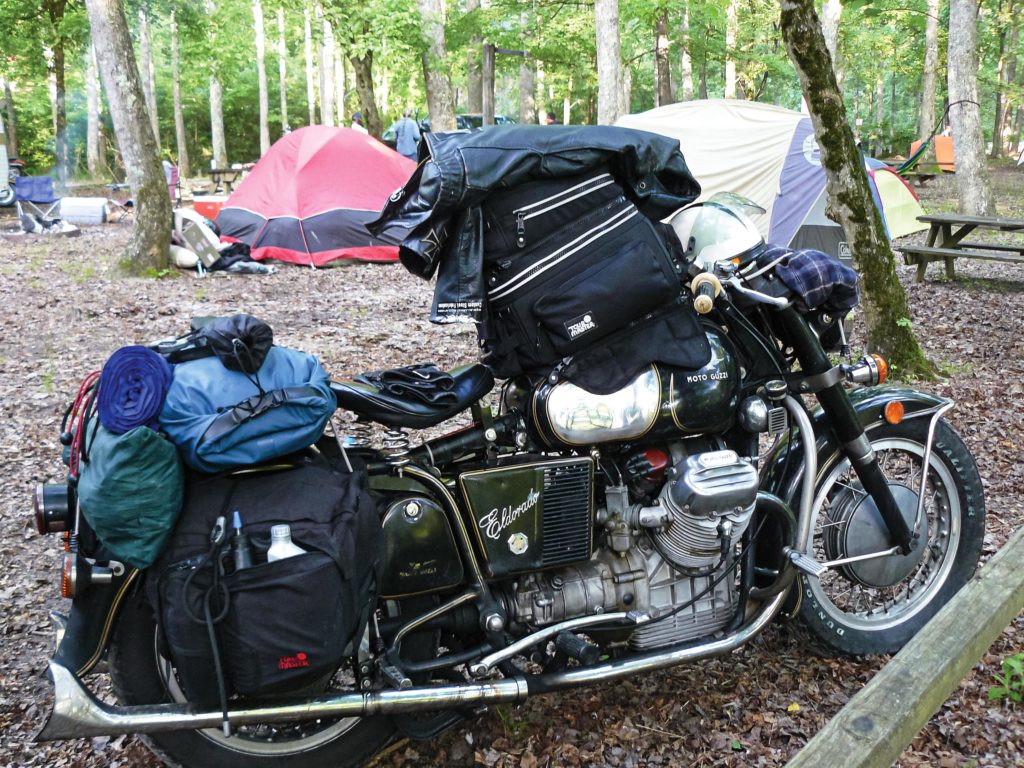
Here’s what I’ve learned from 40 years of custom painting: Unless your bike has been recently washed, there’s probably tons of fine grit on its painted surfaces, grit that’s just waiting to scratch the surface. Your bike can be sitting in your open garage, and even though you can’t see it, fine grit is blowing in and landing on your bike. You pick up a soft cloth to wipe it off, and poof! Very fine scratches happen. Over time these scratches build up until you start to notice them. And then it’s too late. Also, these scratches are much easier to see on black or dark-colored paint.
Rinse the Dust! Don’t Wipe!
If you don’t want to wash your entire bike, use a bike cleaner like S100 or a waterless car wash like Aero Wash Wax All. Spray it on the paint and use a microfiber cloth to gently wipe it off. When wiping, use an upward (softly against the paint, and then off the paint) wiping motion, gently mopping the cleaner up off the surface. Don’t push or rub the cloth into the paint. Follow that with a glazing product like Harley Davidson’s Harley Glaze or Meguiar’s M305 glaze.
For total bike washes, here’s my system. Using a hose, rinse the grime and grit off the bike. Start on the top surfaces and work your way down. Then grab a clean washcloth from the linen cabinet. Use a high-quality car wash soap like Meguiar’s Hyper Wash. Pour a little soap on the cloth and add some water. Now gently wipe down the gas tank. For dressers, clean the inner and outer fairings. If you have a tour pack, clean that next. Then clean the headlight and the front fender. Sidecovers or oil tank are cleaned next. Then move to the saddlebags and rear fender. If you have lower fairings, clean those last. Rinse off the painted parts and use a new microfiber cloth to remove any water. Microfiber cloths are affordable, and I always use new or very clean ones for my paint. Now put the washcloth away and use whatever tools and products you want to clean the rest of the bike.
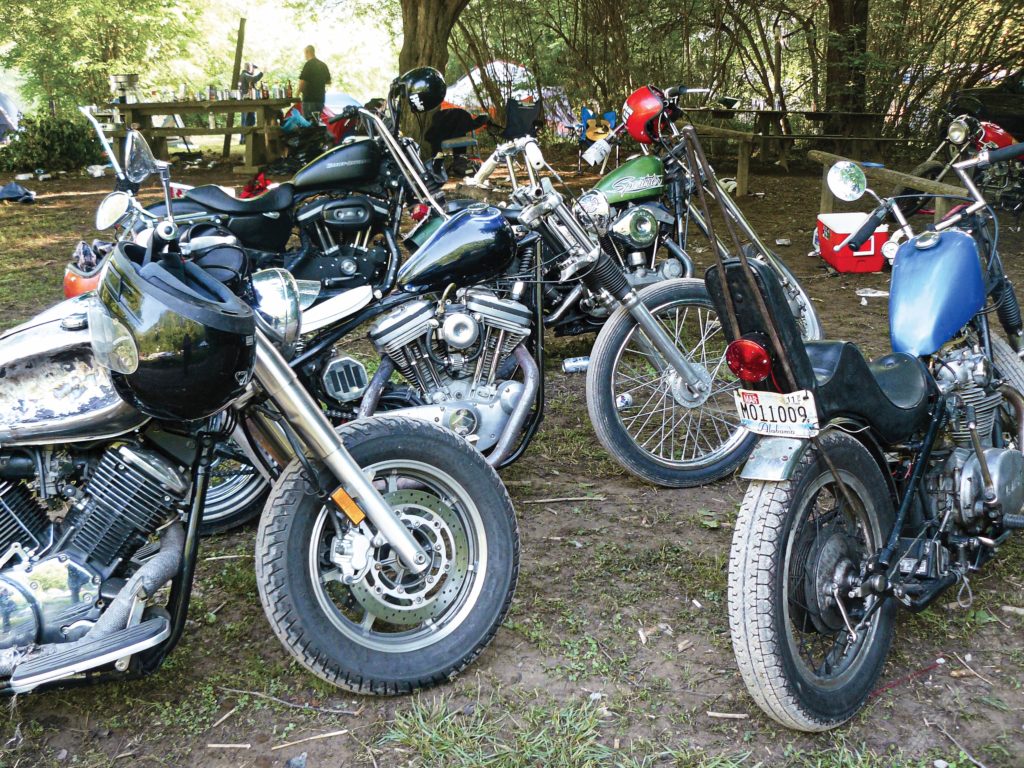
Removing Those Fine Scratches
Scratches are going to happen. Here’s what I do to try to keep them in check. Start by testing a small area. This way you can get an idea of what it will take to remove the scratches. For super-fine scratches, many bikers use a super fine polish like Meguiar’s Scratch X. Use a foam pad or terrycloth towel to polish the surface and wipe it off. If that doesn’t remove the swirls or scratches, then use a compound like Meguiar’s M105 with a cloth or foam buffing pad. The M105 will remove most fine surface scratches and swirls. Follow that with the Meguiar’s M205 polish. Remember to follow the product’s directions when using any polishing or cleaning products to get the best result.
Protecting the Surface
For paint newer than 90 days, never use wax. Urethane paint needs to breath in order to cure properly, so use a glaze instead. Many people never use wax on their paint, preferring to use a glaze. But there are those who swear by wax. Aero Wash Wax All is one of the best-reviewed wax products there is. The Wash Wax All is also a waterless car wash product. It gently cleans and protects, leaving a protective non-stick UV coating. Spray it on and wipe it dry. Meguiar’s Motorcycle wax is another great protective wax that’s easy to use. These are both liquid wax products.
Caring for Denim or Flat (Matte) Finishes
When washing a bike with a matte finish, never rub the surface, as rubbing will create a shiny spot. For heavy deposits try using a window cleaner like Sprayway or Windex glass cleaner. Some companies like Harley-Davidson make a special cleaner for denim paint. Wipe down the paint with the denim cleaner after riding and don’t wash the bike too often. Many folks report great results when using that method. Over time the paint might start to get a gloss to it. Never use wax on denim paint. If it’s scratched, you’re out of luck. There is no way to fix a scratch in denim paint.
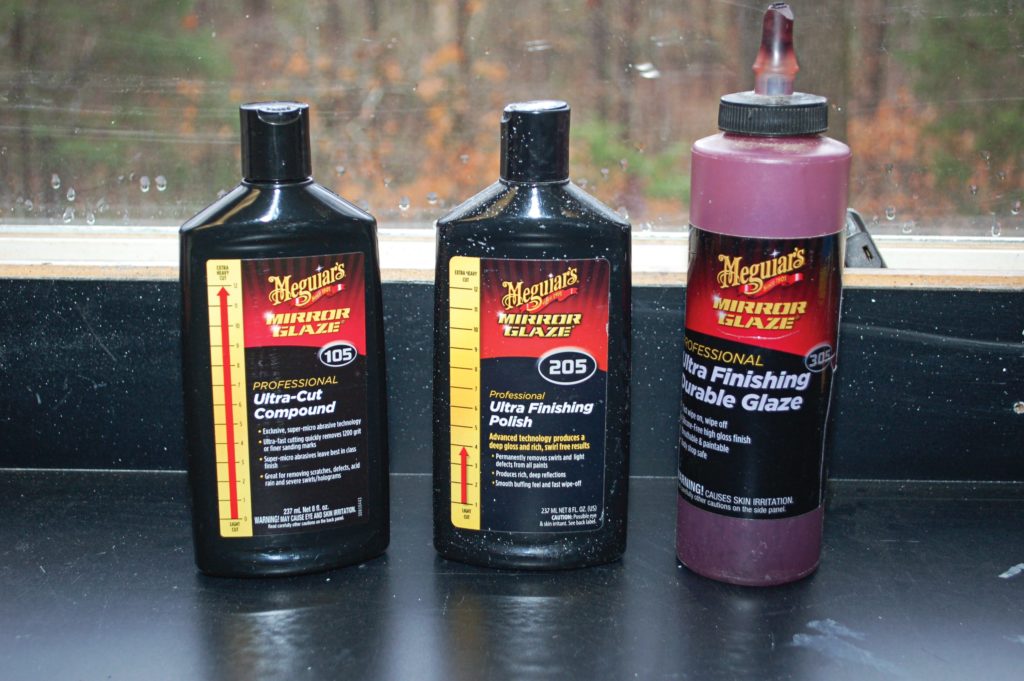
Finally, always clean your bike yourself – unless, of course, you want to hire a professional detailer. Never trust a shop to clean it. Useless you’re standing there watching, there’s no way to know if the cloth they use on the paint is the same one they use on the tires. The best way to ensure your paint stays looking like new is to always clean that surface properly.


